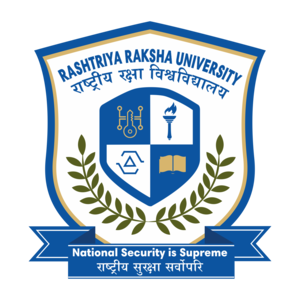The thin line between Judicial Activism and Judicial Overreach (Paper)
- Ananya Gosain, Law College Dehradun, Uttranchal University
- August 29, 2021
Content :
In order to facilitate effective and ingenious interpretation of the Indian Constitution, the judiciary has been conferred upon with some powers to take actions which can be referred to as judicial activism, this can be done by the courts through its judgments, interpretations, decrees, and orders. However, the Indian Government comprises three organs namely Legislative, Executive, and Judiciary each having its own distinct functions, many times the excess of activism leads to judicial outreach which creates friction between these organs as it results in one organ encroaching on the subject matter of the other organ therefore in order to prevent one organ from encroaching the subject matters of the other organs certain inviolable boundaries have been set forth. In the Prime Minister’s address at the conference of Chief Ministers and Chief Justices of High Courts at New Delhi in 2007, Dr. Manmohan Singh stated that the courts have in several instances taken up a salutary and corrective role for which they are greatly respected by the citizens of the country. further stating that at times, the dividing line between judicial activism and judicial overreach is a thin one. By giving the example of the writ of mandamus the Prime Minister explained the importance of striking a balance between the functioning of the three organs stating that while Mandamus is a power vested in the judiciary which rightly enables the judiciary to take action against the state authorities if the judiciary substitutes mandamus with a takeover of functions of another organ, then it may become a case of judicial overreach, therefore, all such delicate issues must be addressed cautiously and all organs of the government must ensure that they do not encroach on the subject matter of one another and function harmoniously.












